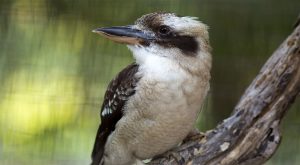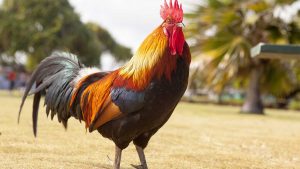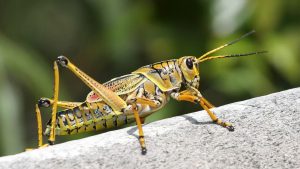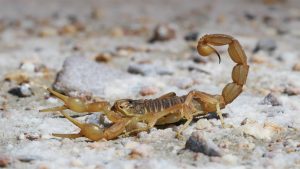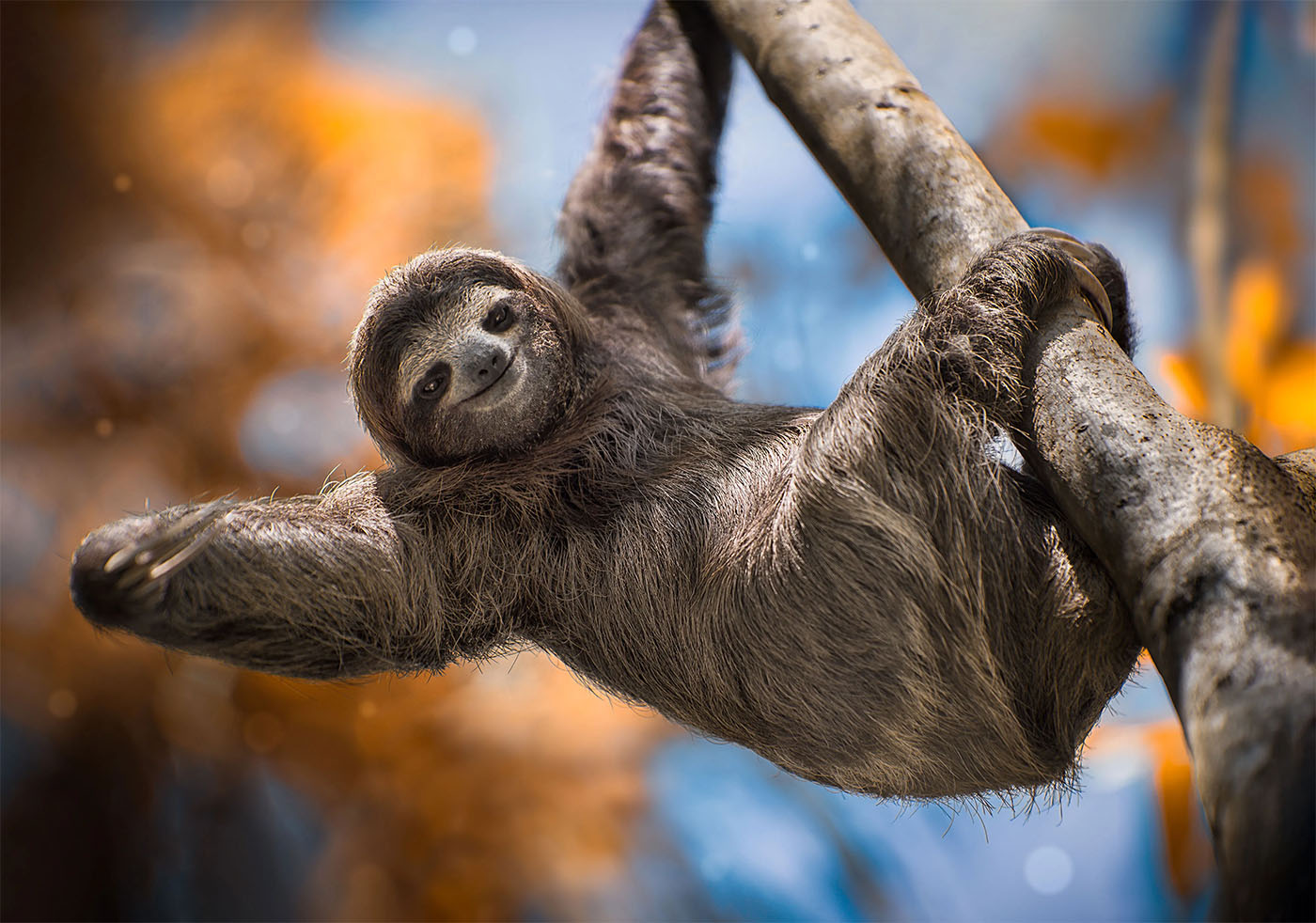
10 interesting facts about Sloths
- 👁️ 982
Sloths are slow-moving mammals known for their unique appearance and sleepy behavior. They are found primarily in Central and South America and are known for their long arms, which they use to climb trees and hang upside down. Despite their slow pace, sloths have some interesting facts that make them one of the most interesting creatures in the world.
Facts about :
- Sloths are arboreal mammals and belong to the family Bradypodidae.
- They are known for their slow metabolism and sluggish movements, which help them to conserve energy.
- Sloths spend most of their time hanging upside down in trees, eating leaves, and sleeping.
- They have long arms and sharp claws, which they use to grasp tree branches and avoid falling.
- Sloths can turn their heads 270 degrees, allowing them to see in all directions without moving their bodies.
- They are excellent swimmers, and can hold their breath underwater for up to 40 minutes.
- Sloths only defecate once a week, and do so in the same spot, which is a prime location for moths and other insects to lay their eggs.
- Sloths are known for their slow reproductive rate and low population numbers, making them vulnerable to extinction.
- They have a special symbiotic relationship with algae that grows in their fur, providing them with added camouflage and nutrients.
- Sloths are solitary animals and only come together during mating season.
- The average lifespan of a sloth in the wild is around 20 years.
- Sloths move so slowly that algae can grow on their fur, which helps to blend in with the surrounding trees.
- Sloths are excellent climbers and can climb down from a tree headfirst, which is the fastest and safest way for them to descend.
- Sloths have a slow digestive system, which can take up to a month to process a single leaf.
- They are nocturnal animals and come out at night to search for food.
- The two-toed sloth is faster and more agile than the three-toed sloth.
- Sloths have a low body temperature and slow metabolism, which conserves energy and reduces the need for food.
- The fur of a sloth contains a high concentration of bacteria, which helps to break down the tough leaves that they eat.
- Sloths are omnivores and in addition to eating leaves, they also consume insects, small mammals, and eggs.
- Baby sloths are born with a full set of fur and are able to cling to their mother’s fur from birth.
- Sloths only descend from trees when they need to defecate or mate.
- They are known for their slow movements, but when threatened, sloths can move quickly to escape danger.
- Some species of sloths, such as the maned three-toed sloth, are considered endangered due to habitat loss.
- Sloths have a slow reproductive rate, with females giving birth to only one offspring at a time.
- In addition to their slow movements, sloths are also known for their slow vocalizations, which are so low that they can barely be heard by humans.
Conclusion: Sloths are fascinating creatures that have adapted to their arboreal lifestyle in unique ways. From their slow movements to their sharp claws and 360-degree neck rotation, sloths are unlike any other animals. While they may seem lazy, they have evolved to conserve energy and thrive in their environment.
